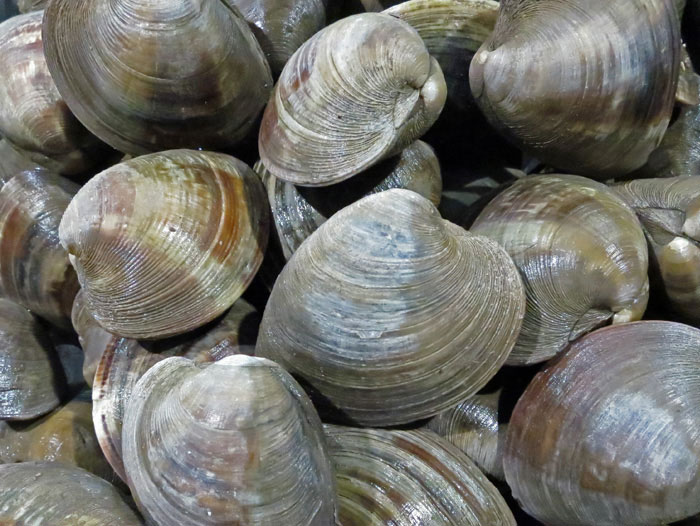From Invasive Species to Local Specialty: Japan Embraces the Quahog Clam
June 20, 2019 | 1 min to read

Tokyo Bay once supplied the varied edible mollusks for which Edo-style sushi is known. Reclamation and pollution decimated stocks, but now a hardy invader is receiving a surprisingly warm welcome.
Many of Japan’s best-loved dishes, including sushi, tempura, and grilled unagi, were developed by the street vendors of Edo (present-day Tokyo) with a view to delivering the bounty of Edo Bay to busy townspeople. The heart and soul of Edomae sushi, among other regional specialties, were the fish and mollusks that teemed in the shallow waters and tidal flats of what is now Tokyo Bay.
After World War II, the rich marine resources of Tokyo Bay fell victim to industrial development. In the 1960s and 1970s, vast portions of the bay were filled in to make room for factories, warehouses, and port facilities. As industrialization and urbanization advanced, household and industrial wastewater flowed into local waterways and made its way into the bay, transforming it from a fertile ecosystem into a stinking cesspool.
To read the rest of the story, please go to: Nippon.com
